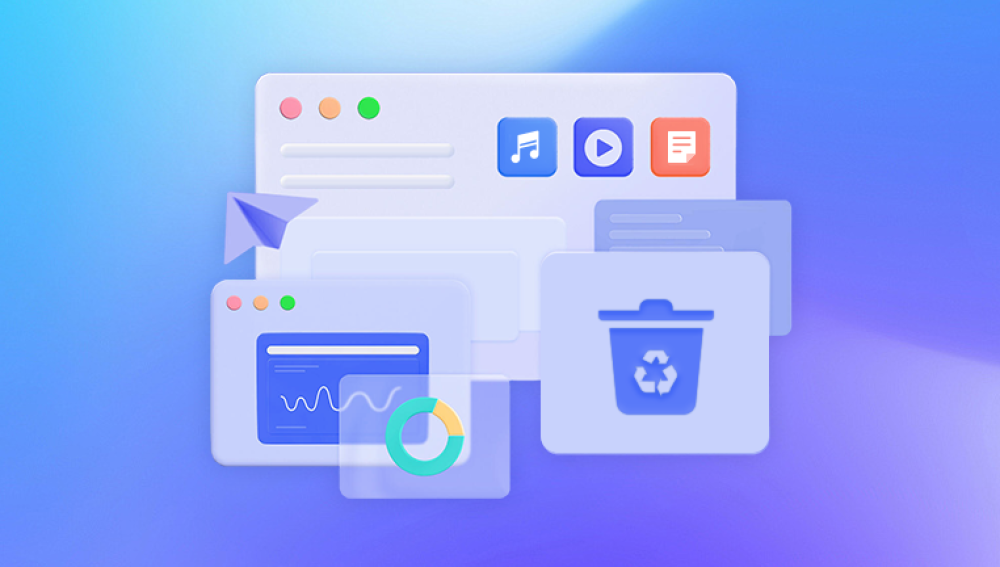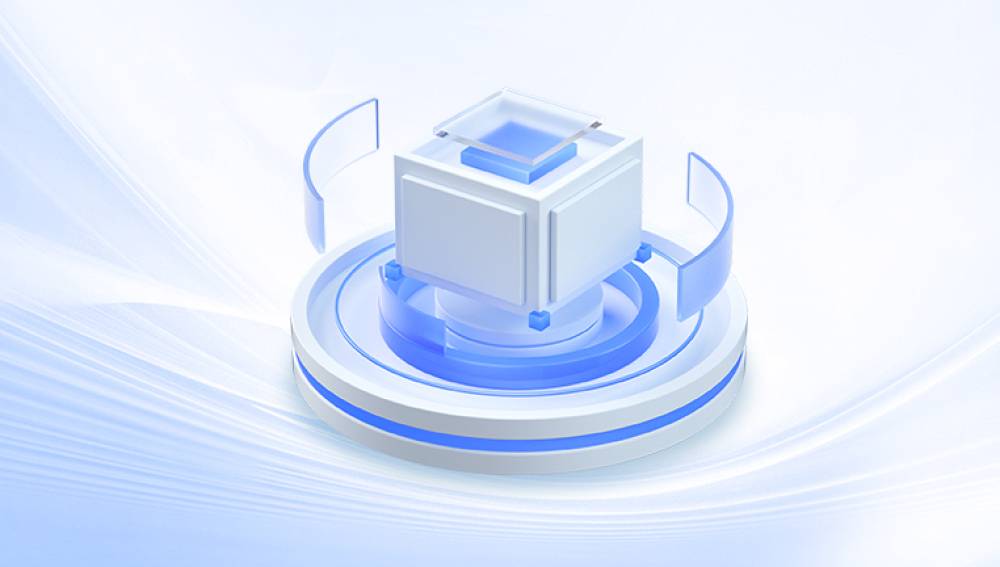Solid-state drives (SSDs) are renowned for their speed, durability, and overall performance. Apple’s Mac lineup, from the MacBook Air and MacBook Pro to iMac and Mac Studio, heavily relies on SSDs for fast boot times and smooth multitasking. However, even the most robust SSDs can fail, and when they do especially in a Mac it can be an incredibly frustrating experience.
1. SSDs in Macs
Unlike traditional hard disk drives (HDDs), SSDs use flash memory with no moving parts. This offers faster read/write speeds and greater resistance to physical shocks. Apple uses different types of SSDs depending on the Mac model:

SATA SSDs: Older models like the 2012 MacBook Pro.
PCIe-based SSDs: Newer models, offering faster data access.
Soldered SSDs: Found in some modern MacBooks and iMacs where the SSD is fused onto the motherboard.
Soldered SSDs cannot be removed without professional tools and are more difficult—and expensive—to repair or recover data from.
2. Common Causes of Mac SSD Failure
Despite their durability, SSDs can still fail. Here are the most common reasons for failure:
a. Logical Failures
File system corruption
Accidental deletion or formatting
macOS errors or updates
Malware or ransomware (rare on Mac, but possible)
b. Physical or Hardware Failures
Power surges
Circuit board damage
Controller chip failure
NAND memory wear (especially after years of use)
c. Soldered SSD Issues
Logic board failure
Overheating causing degradation
Manufacturing defects
Understanding the root cause is essential for choosing the right recovery method.
3. Symptoms of a Failing or Damaged Mac SSD
If your SSD is starting to fail, it may show warning signs before completely crashing:
Mac won’t boot past the Apple logo or shows a folder with a question mark.
Files suddenly become inaccessible or corrupted.
Slow performance or frequent freezes.
Disk Utility cannot mount the SSD.
Kernel panics or system crashes on startup.
The drive disappears from Finder or Disk Utility altogether.
These are indicators you should stop using your Mac immediately to avoid worsening the situation and increasing the chance of permanent data loss.
4. First Steps Before Attempting Recovery
Before diving into repairs or recovery:
a. Stop Writing to the SSD
Continuing to use the drive risks overwriting data. If recovery is your goal, minimize activity on the Mac.
b. Create a Clone (if possible)
Use tools like Carbon Copy Cloner or Disk Drill to create a byte-for-byte clone of the drive if it's still accessible. This ensures you have a backup to work from.
c. Check with Disk Utility
Open Disk Utility from macOS Recovery Mode:
Reboot and hold Command + R.
Choose Disk Utility from the menu.
See if the SSD is listed and try First Aid.
If Disk Utility repairs the volume successfully, you may regain access.
5. Data Recovery Methods for Mac SSDs
Let’s explore the various ways to recover data depending on the failure type:
a. Recovery from Logical Failures
If the SSD is readable, but data is deleted, lost, or the volume is unmounted:
i. Use Time Machine (if enabled)
Connect the backup drive.
Boot into Recovery Mode and select Restore from Time Machine Backup.
ii. Data Recovery Software
If no backup exists, software solutions can scan the drive:
Popular Mac SSD Recovery Tools:
Drecov Data Recovery
Drecov Data Recovery is an intuitive and powerful data recovery software designed to help users retrieve lost, deleted, or inaccessible files from a wide range of storage devices. Whether you've accidentally formatted a hard drive, deleted important documents, or lost access to data due to system crashes or virus attacks, Drecov Data Recovery offers a streamlined solution with minimal technical complexity.
Compatible with both Windows and macOS, Drecov Data Recovery supports recovery from hard drives, SSDs, USB flash drives, SD cards, memory cards, digital cameras, and even external storage devices. The software’s user-friendly interface guides users step-by-step through the recovery process, making it suitable for both beginners and advanced users alike.
One of Drecov Data Recovery's standout features is its deep scan capability. This function thoroughly examines the storage medium to locate files that standard scans might miss, increasing the likelihood of successful recovery. It supports a wide array of file formats, including documents, images, videos, audio files, emails, and compressed archives.
Steps:
Download and install the tool on a separate drive.
Select the affected SSD for scanning.
Preview and recover desired files.
Note: Never install recovery software on the same SSD you're recovering from.
b. Recovery from Physical or Hardware Failures
If your Mac doesn’t detect the SSD or it’s physically damaged:
i. Soldered SSD (T2/M1/M2 Security Chips)
Macs with T2. M1. or M2 chips encrypt data at the hardware level. This means:
Data can only be accessed with the original logic board.
If the board fails, even moving the SSD won't help.
Only Apple or certified labs can recover such data, and in many cases, even they can’t.
ii. External Boot & Target Disk Mode
For Macs that power on:
Connect another Mac using Thunderbolt.
Use Target Disk Mode on the affected Mac (Intel Macs only).
Access the SSD like an external drive.
This can help transfer files if the system is unstable but the SSD itself isn’t entirely dead.
iii. Professional Data Recovery Services
If nothing else works, consult professionals.
Well-known services:
DriveSavers
Ontrack
Secure Data Recovery
Rossmann Repair Group (MacBook logic board repairs)
Services typically include:
Diagnostic analysis (often free or low-cost)
Cleanroom repairs
Chip-off NAND recovery (for inaccessible soldered SSDs)
Board-level repairs
Cost: $300 to $3000+ depending on severity.
6. macOS Tools and Terminal Commands for Recovery
For advanced users, Terminal in Recovery Mode provides options:
a. List Drives
bash
CopyEdit
diskutil list
Shows all connected disks and volumes.
b. Mount a Drive
bash
CopyEdit
diskutil mount /dev/diskX
Replace diskX with your actual disk identifier.
c. Repair a Disk
bash
CopyEdit
diskutil repairVolume /dev/diskX
Attempts to fix minor file system errors.
d. Use fsck for Filesystem Check
bash
CopyEdit
/sbin/fsck_apfs -y /dev/diskXsY
Helpful for APFS volume repair.
7. Challenges with Mac SSD Data Recovery
a. FileVault Encryption
If FileVault is enabled, recovery software needs the password. Without it, even pros can’t access data.
b. APFS File System
macOS now uses the APFS file system, which complicates recovery due to dynamic volume resizing and snapshots.
c. Soldered Components
Apple’s design makes SSD replacement and access near impossible without advanced soldering and microchip tools.
d. T2/M1 Security Chips
These chips encrypt SSD data. Data recovery is tightly coupled to the original hardware. If the chip fails, recovery becomes nearly impossible without specialized Apple tools.
Choose DIY only if:
Your Mac powers on.
The SSD is logically damaged but physically intact.
You have a recent backup or clone to restore from.
8. Preventing Future SSD Failures
Data loss is rarely expected. Here are tips to minimize risk:
a. Use Time Machine or Cloud Backups
Always have a local and cloud backup.
b. Monitor SSD Health
Tools like DriveDx monitor SSD wear and performance.
c. Avoid Sudden Shutdowns
Power loss can corrupt SSDs. Use a surge protector or UPS.
d. Don’t Max Out Storage
Leave at least 10-20% of space free. Full drives degrade faster.
e. Update macOS Cautiously
Back up before major updates. Some updates may cause incompatibility with third-party drivers or software.
f. Service Your Mac Regularly
Dust buildup causes overheating, which affects solder joints and SSD lifespan.




